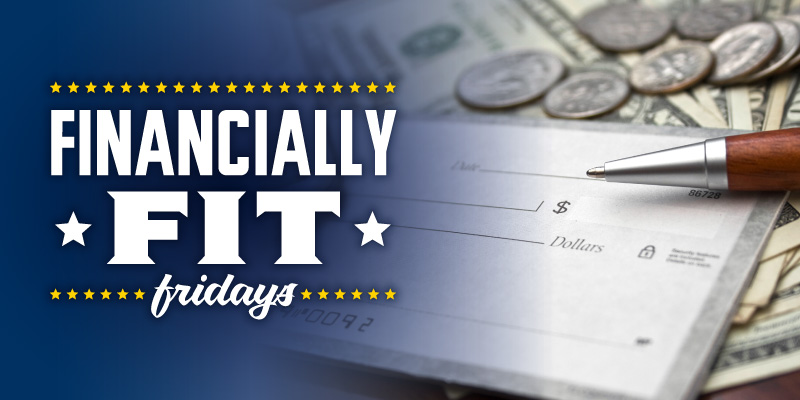Comparing Savings & Checking
When it comes to banking, the two most common accounts are checking & savings. Some think they’re interchangeable, but understanding the differences can help you earn more and ensure funds are available when you need them most.
Regarding Spending
Savings is the basic building block for financial well-being. As the name suggests, it’s a safe place to store your money for a rainy day. Most credit unions, including America First, require a savings account for membership.
Because these are funds that should be set aside for later, accessing the account isn’t as easy as swiping a card at a gas pump. In fact, there are federal withdrawal regulations—no more than six per month are allowed and this includes transfers via online banking. There is no limit, however, to how many deposits you can make.
Checking is the highway to your money, with multiple access routes. Checkbooks and/or debit cards come with this account for daily transactions. You can also set up automatic withdrawals for reoccurring payments, such as utility bills, mortgages and auto loans. You should keep your liquid assets here, so they’re available at a moment’s notice.
Many banks require a minimum balance and a minimum number of transactions every month. Others charge you for maintenance or when certain criteria are not met. America First checking accounts offer unlimited transactions and you’ll never have any annual or monthly maintenance fees.
When it Comes to Saving
As easy as they are to use, checking is not a great place to save. Typically, checking accounts earn little to no dividends. If you want your resources to grow, keep them in savings—it’s a simple investment, where your balance will increase over time with virtually no risk.
Using both accounts in tandem is the best way to manage your money. Keep only what you need to cover your bills in checking, then put the rest in savings. It’s also smart to hold savings & checking at the same financial institution so you can quickly transfer money from one to the other. You’ll benefit from higher yields while maintaining access to your money.

